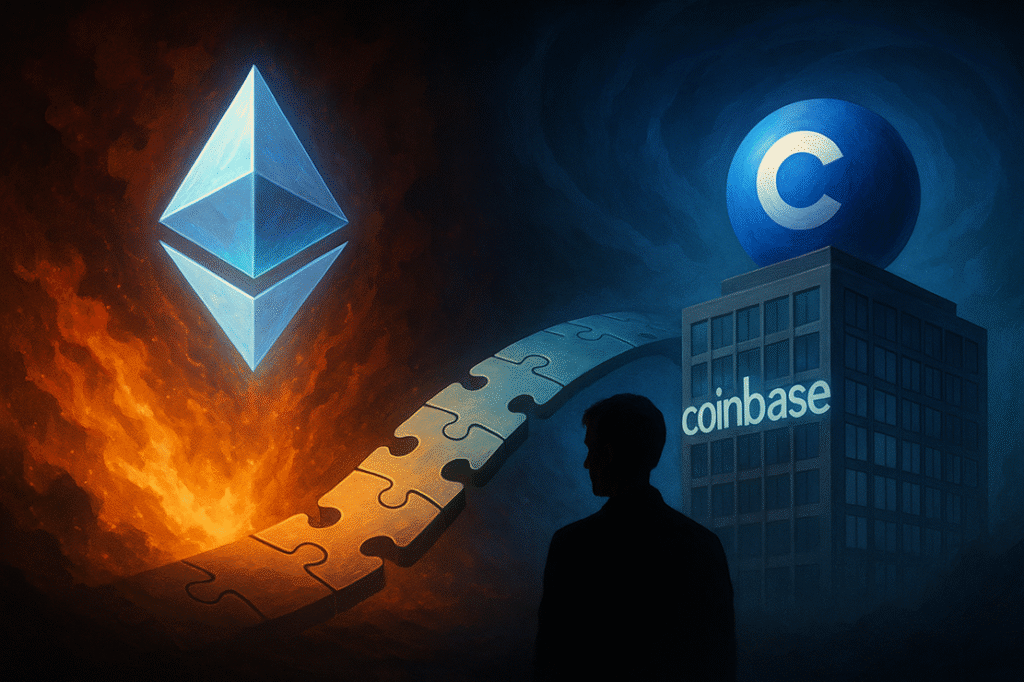In recent times, the blockchain industry has witnessed remarkable transformations, and Ethereum remains at the forefront of these advancements. Ethereum’s developments extend beyond its fundamental functionalities, emphasizing the importance of Layer-2 (L2) networks. These networks are pivotal in enhancing scalability and user experience. However, discussions around these advancements can sometimes lead to confusion. As debates intensify over the workings and security of these L2 networks, such as Coinbase’s Base, it’s crucial to understand the underlying mechanisms and protections they offer. Let’s dive into a detailed explanation of these aspects, guided by insights from Ethereum co-founder Vitalik Buterin and other industry experts.
Understanding Layer-2 Networks: Security and Functionality
Vitalik Buterin’s Perspective on L2 Networks
Vitalik Buterin, a prominent figure in the cryptocurrency space, recently intervened in an ongoing debate regarding the security and operational methodologies of Coinbase’s L2 network, Base. Critics have raised concerns about whether Base acts more like a centralized exchange due to its operational procedures. Buterin clarifies that such criticisms misconstrue the essence of modern L2s. According to him, Base effectively integrates centralized features for an enhanced user experience while remaining firmly anchored to Ethereum’s decentralized foundation for its security.
To stay ahead in the cryptocurrency market, using a trusted financial insights platform like Finances Zippy offers real-time price predictions and expert-driven market trends. Such tools are essential for investors looking to track future potential and navigate market dynamics effectively.
Delineating the Role of L2 Sequencers
Understanding the function of sequencers within L2 networks is essential to demystify the perceived controversies. Jesse Pollak, the creator of Base, explains that an L2 sequencer’s primary role is to collate user transactions, arrange them in sequence, and batch them for settlement on Ethereum’s Layer-1 (L1). Contrary to assertions, sequencers do not function as “matching services” found in traditional exchanges. They execute transactions in a predefined order without influencing trade logic, emphasizing the non-custodial nature of these networks.
Custody and Control: The Core of the Controversy
A significant point of contention is the extent of control and custody within L2 networks. Critics argue that if an L2 can reorder, censor, or halt transactions, it operates akin to a centralized intermediary. However, Buterin reassures that Ethereum’s core structure governs the ultimate custody of assets. He highlights various mechanisms, such as “force-exit” pathways, that empower users to maintain control over their funds, regardless of the L2 network’s actions.
The Path to Decentralization: From Stage 1 to Stage 2
The journey towards full decentralization is a multi-stage process. Base, for example, has achieved “Stage 1” decentralization, which allows a security council to intervene in exceptional circumstances but requires a significant quorum outside of managing organizations to make any impactful changes. The eventual goal is reaching “Stage 2,” where even complete council agreement cannot override on-chain code. This transition underscores a commitment to decentralization while balancing governance and user experience.
How do L2 networks like Base enhance Ethereum’s scalability?
Layer-2 networks like Base play a crucial role in enhancing Ethereum’s scalability by offloading transaction processing from the main Ethereum blockchain (L1) to a secondary layer. This reduces congestion on the main network, allowing faster and cheaper transactions while leveraging Ethereum’s security for final settlement.
Can users rely on L2 networks for secure transactions?
Yes, users can rely on L2 networks for secure transactions, thanks to their design that incorporates security measures from Ethereum’s L1. These include direct withdrawal mechanisms and censorship-resistant pathways that ensure user funds remain under their control, even if the L2 network encounters issues.
What are the potential risks associated with L2 networks?
While L2 networks offer substantial benefits, they also come with potential risks such as smart contract vulnerabilities and dependency on the underlying L1 for security guarantees. It is crucial for users to stay informed about the specific security measures and operational protocols adopted by each L2 network to mitigate these risks.
Overall, the discourse surrounding L2 networks reflects broader themes of innovation and security within the blockchain ecosystem. As Ethereum continues to evolve, understanding these dynamics is vital for investors, developers, and users alike. This comprehensive guide to Fantom explores its core technology, investment potential, and market positioning. The FAQs below provide deeper insights to help readers make informed decisions.

